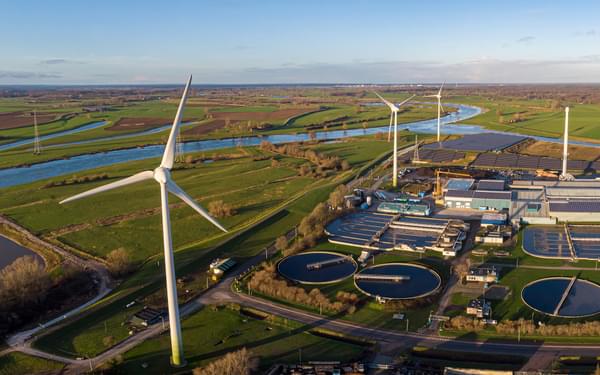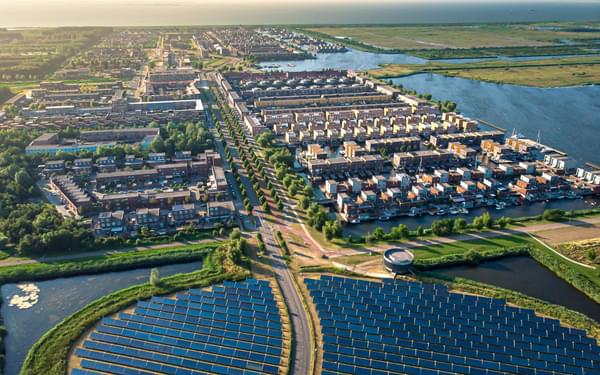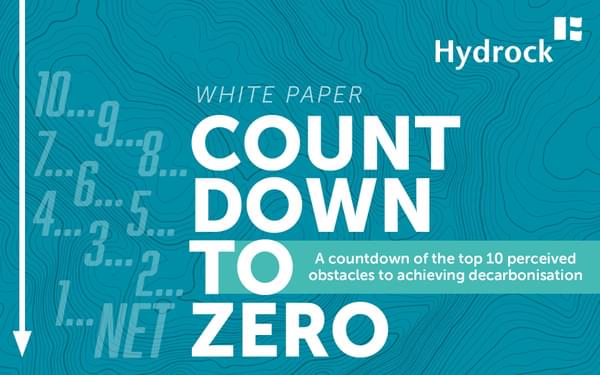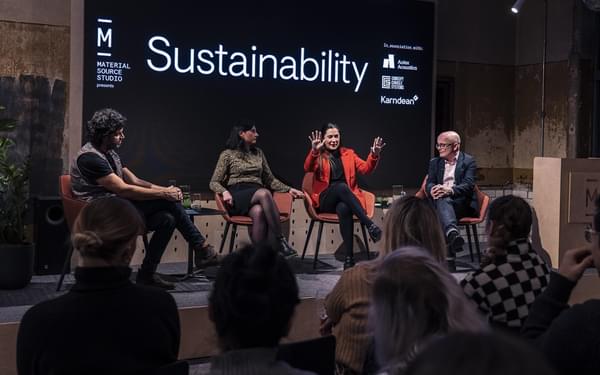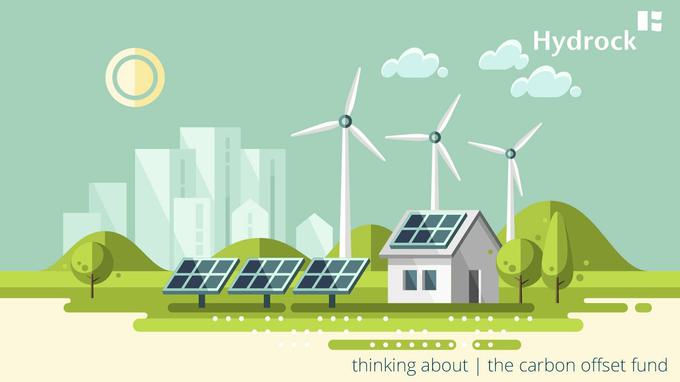
Societally, we’re increasingly becoming environmentalists. Bags for life, going paperless, recycling. In general, we make an effort. Even so, it is often far too easy to slip into a calm apathy, and we can find ourselves taking the car when we could have walked, buying fruit that’s travelled further than we have, or worst of all, booking that long-haul flight. But it’s times like these, when the office is sweltering and the word “heatwave” starts to crop up in conversation, that climate change comes back to the fore, and we start to re-evaluate our true environmental impact – especially as engineers in the building services industry.
As engineers, we’re here to find solutions. Our solutions would ideally make use of the earth’s natural resources in a responsible manner, which includes eliminating or minimising carbon emissions. But these ideals can rarely be achieved with limitations such as cost, aesthetics, and space constraints getting in the way. So how do we achieve a zero carbon building? One way is to try and mitigate a building’s carbon emissions through carbon offsets. The theory is simple: for every tonne of carbon a building produces, you can “offset” it by contributing funds towards decreasing the carbon emissions of another source by the same amount, e.g. retrofitting insulation into an existing building.
London’s approach
The London Plan includes Supplementary Planning Guidance (SPG) on housing, with the latest version applying to development schemes received on or after 1st October 2016. The emission reduction targets are “zero carbon” for residential developments and 35% below Part L 2013 for commercial developments. Zero carbon has been defined as achieving at least 35% reduction in regulated carbon dioxide emissions beyond Part L 2013 on-site, and offsetting the remaining regulated carbon dioxide emissions through a cash in lieu contribution to the relevant borough. The resulting carbon offset fund would be used to fund carbon reduction schemes.
How has this worked in practice? Of the councils that have implemented a carbon offset scheme, some have started collecting funds based on the previous version of the London Plan. The SPG gives a figure of £60 per tonne of carbon dioxide for a period of 30 years (£1800/tonne) as the price for offsetting. Different councils have come up with their own figures, based on various methods such as calculating the cost of installing insulation. Islington have the lowest price of £920/tonne, and Westminster the highest price of £7560/tonne. Most councils have opted to use the SPG price.
How is the money being spent?
The National Energy Foundation produced a detailed report on the various strategies that have been implemented. Each council seems to have taken a different approach. They range from using the carbon offset fund to retrofit buildings with carbon saving measures such as insulation and PV, to funding feasibility studies and fuel poverty programmes. In general, the strategies taken seem light on detail, with implementation and monitoring processes not carefully planned out. Some councils have yet to detail out how the funds will be spent, claiming this is due to a lack of funds currently collected. But without identifying projects, it would be impossible to calculate what the appropriate carbon offset price should be. One council collected money and, failing to spend it in five years, had to return it.
One concern is that the carbon-cutting burden is unnecessarily put onto the council instead of the developer, who may see this as an easy option. As an example, the cost of installing PV panels is roughly 3 times the cost of equivalent carbon offset payments, so where is the incentive for installing PV? At the same time, we need housing and development schemes to continue for our city to flourish, and shouldn’t set a carbon price that is unreasonably prohibitive. So, how do we make carbon offsetting work?
Potential for improvement?
It all hinges on getting the price of carbon right. Islington, Lewisham and Westminster were the only councils that commissioned local assessments, and each came to drastically different figures. Perhaps this is an argument for calculating a carbon price specific to each borough, and for the price to be re-evaluated over time as viable carbon offsetting projects change. There were also only 3 councils (Brent, City of London, Enfield) that recalculated the contribution to the fund after building completion. This means that for the other councils, any discrepancies in carbon emissions between the design and the operational building are unaccounted for. Councils are also in danger of regarding the fund as a general “green” fund for tackling initiatives such as electric vehicles and fuel poverty. While these are important issues that councils need to tackle, this is not the purpose of a carbon offset fund. Additionality is key, which means the carbon offset fund needs to be contributing to carbon reduction which would not have occurred without the fund’s existence. Otherwise, the development is not truly fulfilling its carbon emissions obligations.
To summarise, improvements should be made by:
- Calculating the carbon price based on the cost of offset projects identified.
- Using a building’s “as built” carbon emissions to determine the contribution to the fund.
- Maintaining additionality. The carbon offset fund should do just that - offset carbon.
There is no simple solution here for what is ultimately a complex human and environmental problem. However, it is important to highlight the issues and start a discussion on what should be done. Carbon offsetting is a powerful tool in our fight against global warming, but only when implemented as intended. In London, we believe that the GLA should lead this, and provide councils with a more detailed framework on which to base their individual schemes. In the end, the ultimate solution is to make our energy supply low or zero carbon and eliminate the need for carbon offsetting altogether. But that’s another conversation.
We are in a car, facing a brick wall, taking our foot off the accelerator and hoping not to hit the wall. We need a brake.
From 'A City for All Londoners, Environment Workshop 17 Nov 2016'
Links to further information:
Housing Supplementary Planning Guidance




